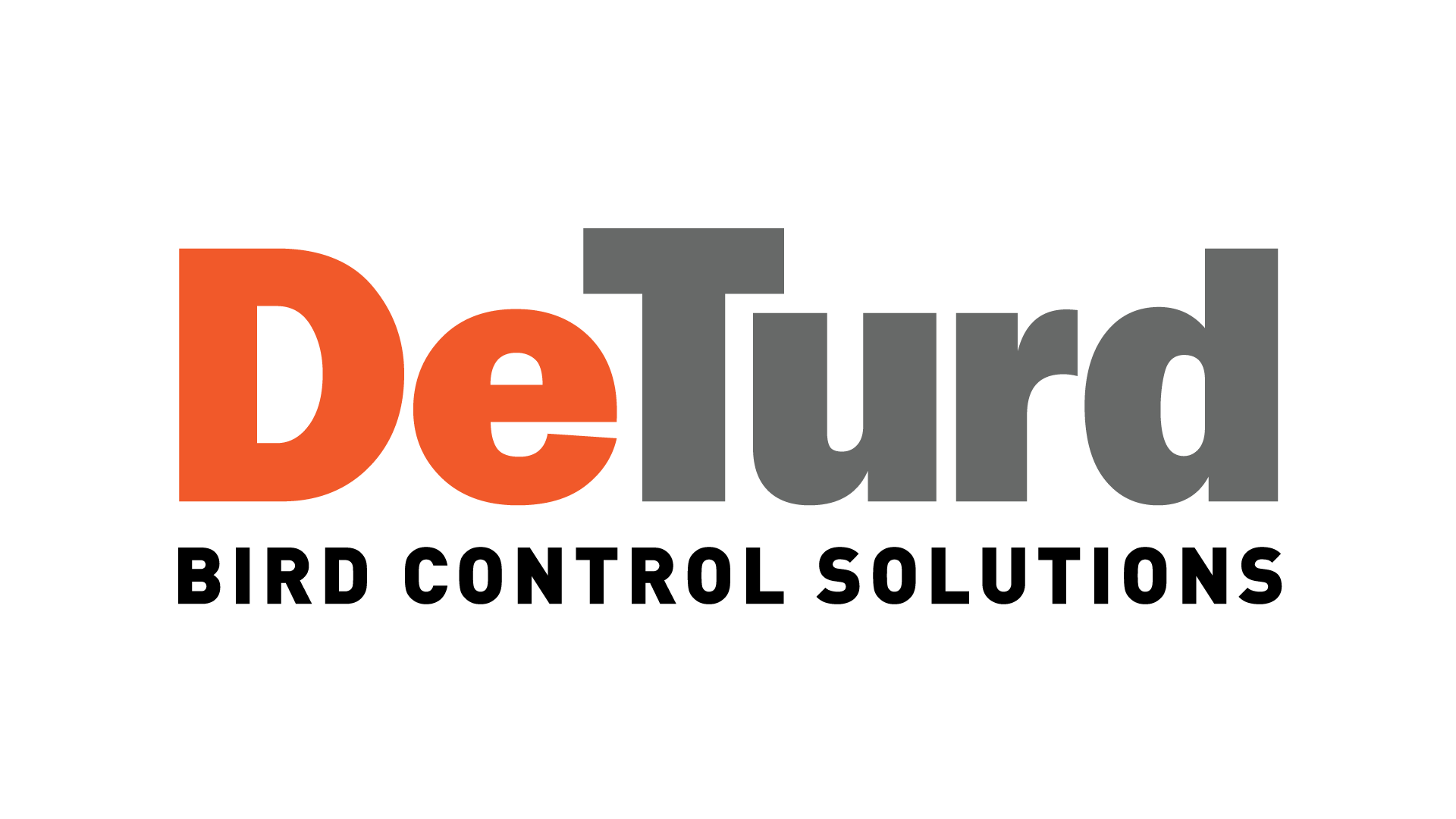KEEP AREAS CLEAN
A clean areas means there is no food for birds. Maintain an unsuitable area for pigeons and pest birds to live and breed and this will drastically reduce the number of bird pests. If you do not implement good sanitation practices, pest birds will quickly return. Control pest birds in the following ways:
- Properly dispose of all garbage.
- Pay attention to trash collection days. Do not leave garbage exposed outdoors and unprotected for several days.
- Make sure all septic tanks and drains are well-sealed.
- Use fly screens on doors and windows to stop pests from entering the building.
- Remove access by sealing gaps around water and gas lines that enter buildings, as well as any cracks from settling.
- Remove food sources by throwing out extra wood around buildings or in crawlspaces.
INTEGRATED PEST MANAGEMENT PROGRAM (IPM)
An Integrated Pest Management (IPM) program identifies hazards and creates an action plan to prevent or handle pigeon infestations. With education and implementation of the IPM controls, the effects of pest pigeons, crows, seagulls and other birds to your building can be significantly reduced or eliminated. The IPM should include the six steps that follow:
Step 1—Pest Prevention Methods:
Pest prevention should be the primary goal of the IPM. Elements of the prevention program include:
- Waste management.
- Cleaning and sanitation control.
- Building repair and maintenance.
- Mechanical controls- birds spikes, exclusion netting, traps, elimination etc.
With good prevention methods in place, most pest pigeons, crows, seagulls can be managed
Step 2—Assess the Current Situation:
Assess what is currently happening at the facility. Look for active or potential pigeons, crows, seagulls problems. The assessment should include the following:
- Identify the kinds of pest birds present.
- Study the pest pigeons, crows, seagulls, house sparrows etc problem to understand the extent of it in the facility.
Step 3—Develop a Site-Specific Plan:
Research control methods for the specific pest birds and what the facility is experiencing. Control methods can include roof visits to clear nests, birds spikes, exclusion netting, traps, elimination etc. and removing food debris.
- Identify: Identify the key areas that need to be developed or improved to support the pest management plan.
- Training: Owners and workers should be aware of facility’s pest management policies. Be sure to include the importance of cleaning and sanitation.
- Monitoring Activities: Ensure that the implementation plan includes direction on regularly reviewing the effectiveness of the plan.
Step 4—Evaluate the Plan:
Check regularly to ensure that the IPM is working. Look for any areas requiring adjustment. Review any corrective actions and controls implemented to ensure the adjustments are effective.
Step 5—Make Adjustments:
Based on the results of step 5, adjust the plan for ongoing improvements. Check regularly for new ways to control pests. Make sure adjustments take into consideration that pest behaviors change with the seasons.

